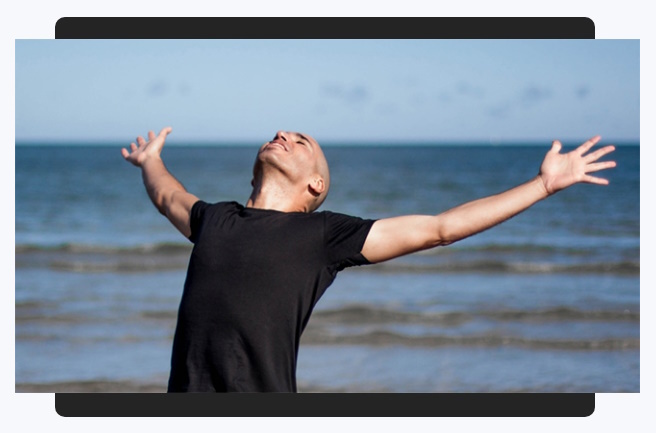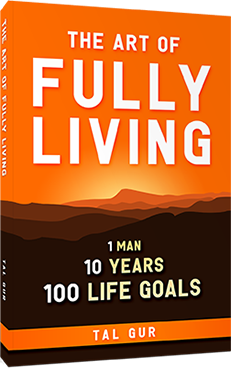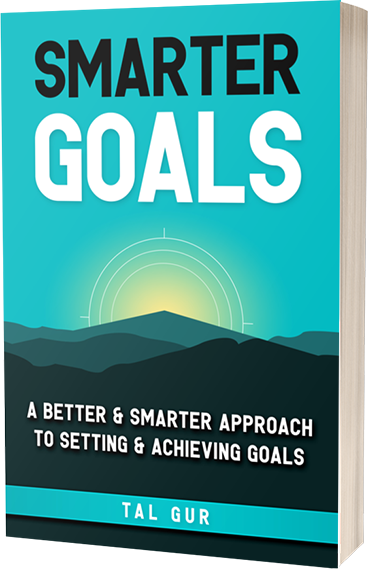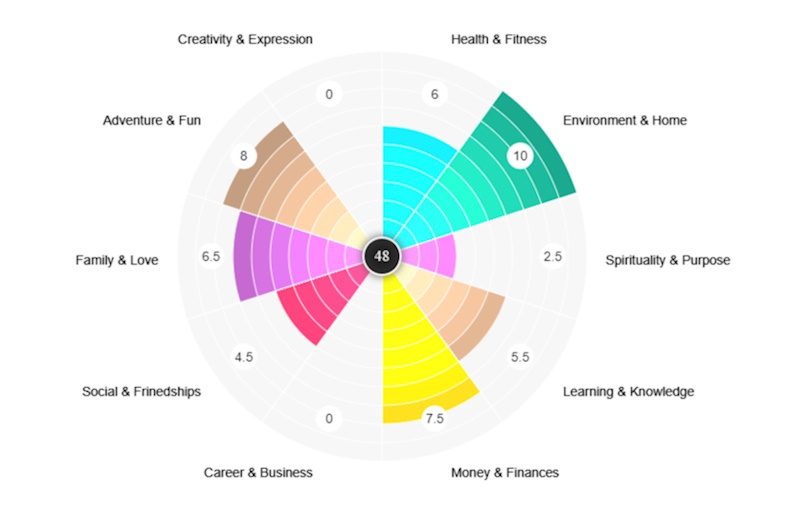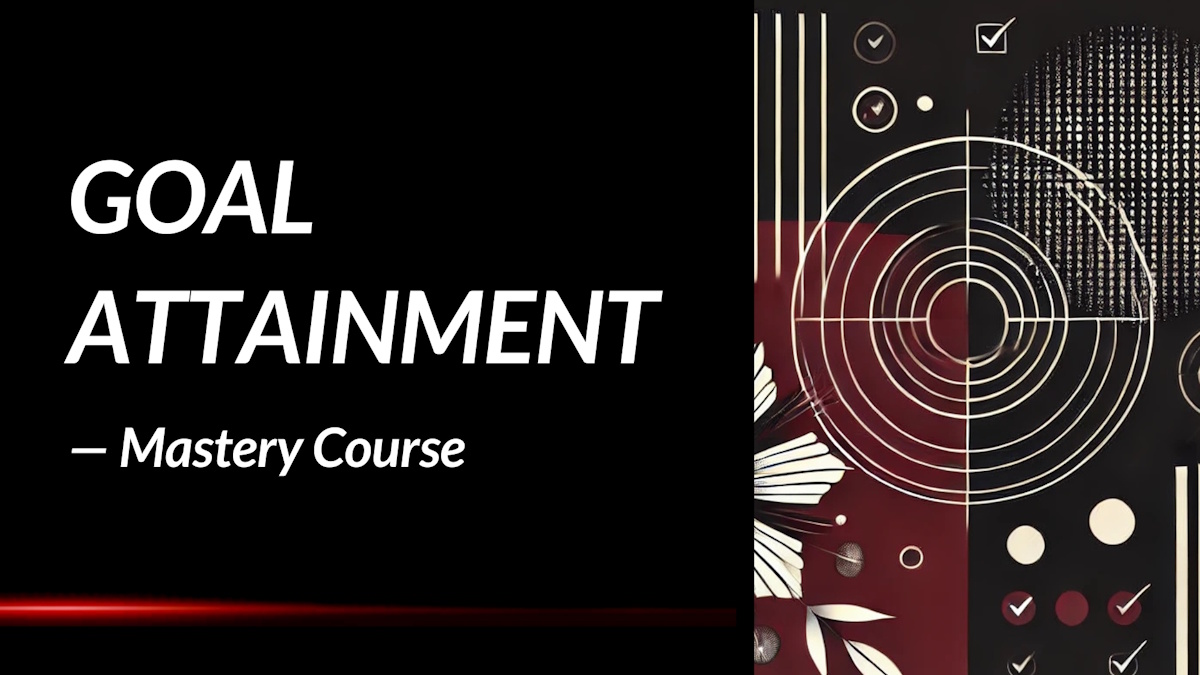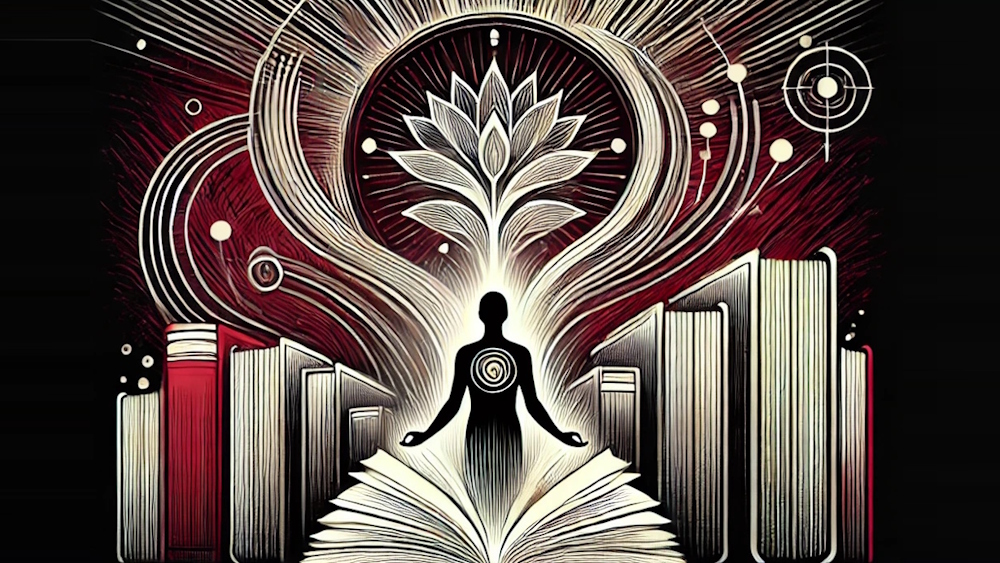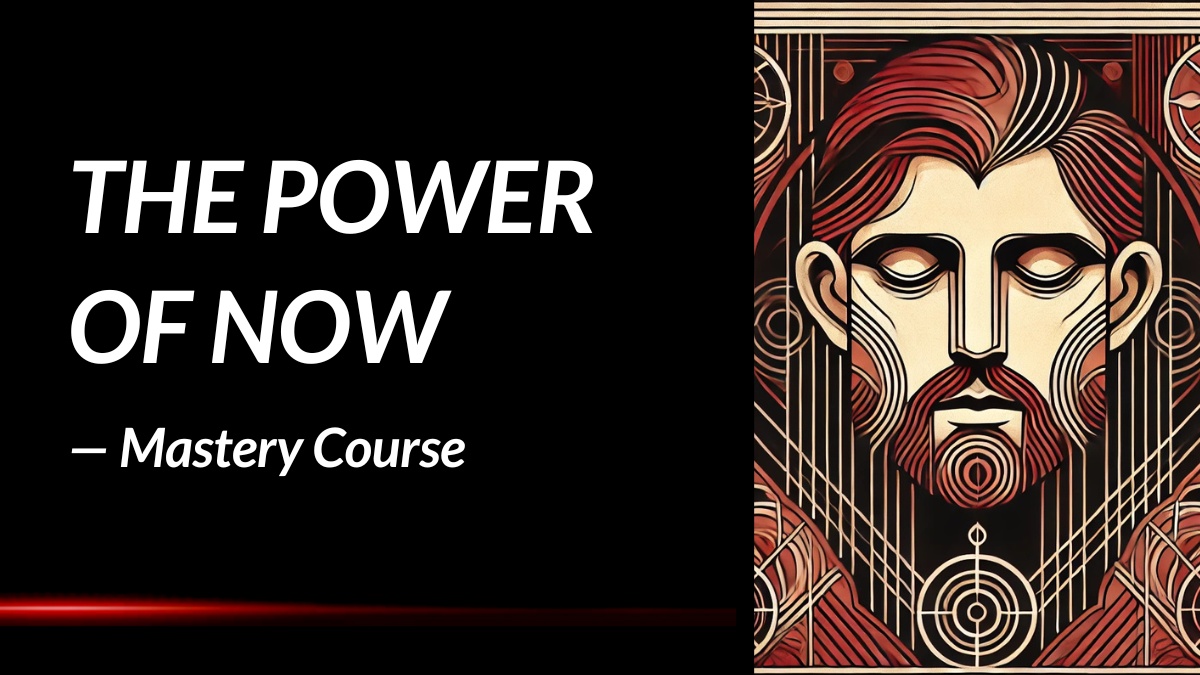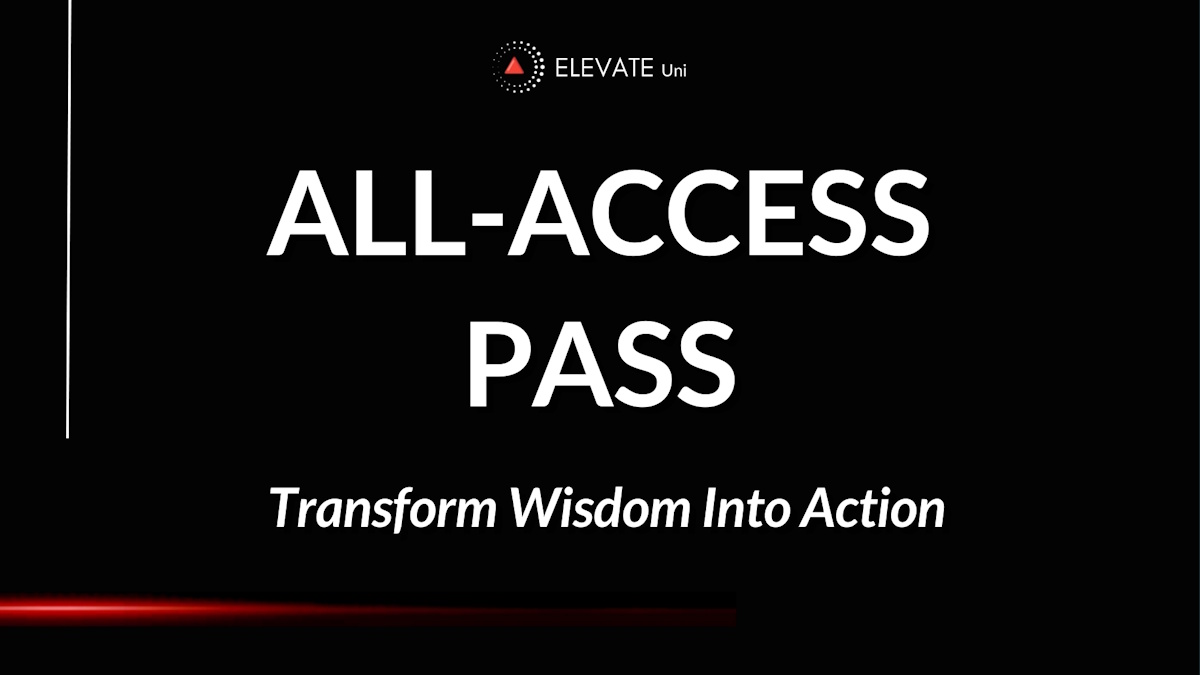The Art of Impossible: Summary Review
What if everything you thought about achieving the impossible was missing the most important ingredient? In *The Art of Impossible*, peak performance expert Steven Kotler unlocks the door to extraordinary achievement—not with hype or fluff, but with grounded science and a blueprint anyone can follow.
What is the Book About?
*The Art of Impossible* isn’t another motivational pep talk wrapped in a pretty cover. It’s a full-on performance roadmap built for real results—designed to take you from average ambition to impossible success. Steven Kotler lays out a masterclass in flow science, goal-setting psychology, cognitive neurobiology, and productivity hacking—all tied together in a four-part formula that has been tested by elite athletes, top-tier entrepreneurs, and high-level creatives. This isn’t about dreaming big just for the sake of it; it’s about creating a tangible process to stretch what you believe is possible and then executing it with precision.
The book takes a complex, interdisciplinary body of research and distills it into something accessible, powerful, and practical. Kotler isn’t shy about aiming high—he wants to teach readers how to pursue and actually *achieve* the kind of wild, audacious goals most people leave on the shelf. With actionable steps and science-backed strategies, he brings together decades of research into a user-friendly manual for anyone who’s tired of being stuck in neutral. Whether you're a startup founder, an artist, or someone reinventing themselves, this book delivers the structure and psychology you need to level up every aspect of your output.
Print length: 336 pages
Language: English
Publication date: January 19, 2021
Genre: Self-Help / Personal Development
Book Author
Core Theme
At the heart of *The Art of Impossible* is one bold premise: peak performance is not a talent, it's a skill—and like any skill, it can be learned, trained, and refined. Kotler walks us through what he calls the “motivation-cognition-creativity-flow” cycle, arguing that these four components—when properly understood and executed—form the basis for achieving extraordinary results. He unpacks how intrinsic motivation triggers engagement, how deep focus leads to cognitive breakthroughs, how risk and novelty spark creativity, and how all of this culminates in flow—an optimal state of consciousness where we perform at our best. The book shows how this process isn’t just for Olympic athletes or billionaire entrepreneurs—it’s for anyone willing to do the work.
Kotler’s message is clear: the impossible is not some ethereal destination reserved for the chosen few. Instead, it’s a series of predictable, trainable steps that anyone can access. By aligning our biology with our goals, and following the sequence that nature wired us for, we can climb higher and move faster than we thought possible. The framework is built on research but rooted in practicality, allowing the reader to build systems, habits, and environments that cultivate consistency, drive, and innovation.
Main Lessons
A few impactful summary lessons from the book:
1. Everyone Is Wired to Chase the Impossible
We often view the impossible as a domain reserved for prodigies, geniuses, or outliers, but Kotler breaks that illusion wide open. He reveals that human biology is naturally built for pushing limits—our brains are designed to innovate, persevere, and adapt. From moon landings to mind-blowing athletic feats, what once looked like unreachable milestones became stepping stones simply because someone dared to try. The truth is, our definitions of “impossible” keep changing, and history proves again and again that radical achievement isn’t some myth—it’s embedded in our DNA. What matters is not whether you're capable, but whether you're willing to let your biology work *for* you rather than *against* you.
2. Peak Performance Starts with Intrinsic Motivation
Motivation fuels every breakthrough, and Kotler emphasizes that intrinsic motivation—driven by curiosity, passion, and purpose—has a longer lifespan than external rewards. It’s the emotional engine behind all sustained progress. When you genuinely care about the task, the effort doesn’t feel like suffering—it feels like play. He breaks motivation into three key pieces: drive (emotional sparks like curiosity), goals (roadmaps to structure the journey), and grit (the relentless will to keep going). All three combine into a psychological powerhouse that turns effort into obsession and setbacks into stepping stones.
3. Big Dreams Need to Be Broken into Micro Goals
No one surfs a 50-foot wave on day one. That’s Kotler’s point as he explains that even the most astonishing feats are built on layers of smaller victories. The key to turning the impossible into possible lies in breaking it down into a cascade of difficult-but-doable goals. These smaller goals provide constant momentum and reduce the intimidation factor of the larger ambition. The trick is to aim ridiculously high but take methodical daily steps forward. That’s how people achieve "overnight" success after years of invisible grind.
4. The Brain Thrives on Learning at Every Level
Learning isn't just about absorbing new facts—it's about transforming who we are by evolving how we think and act. Kotler explains that both conscious (explicit) and subconscious (implicit) learning are crucial to progress. We need deliberate practice to sharpen specific skills, but we also need time, exposure, and repetition to allow mastery to take root in the background. From understanding scientific methods to improving emotional intelligence, lifelong learners unlock doors others don’t even notice.
5. Creativity Is a Muscle You Must Train Daily
Creativity isn’t some mysterious talent reserved for artists or inventors. It’s a repeatable process that thrives on input, curiosity, and risk-taking. Kotler sees creativity as a toolkit full of pattern recognition, problem-solving, and daring to challenge the norm. He explains that creative excellence isn't about one brilliant flash—it’s about showing up consistently, pausing your work at peak moments to preserve momentum, and even embracing frustration as part of the creative cycle. Like strength training, creative ability compounds with repetition, not inspiration.
6. Flow Is the Master Key to Elite Performance
Flow, that magical state of full immersion and focus, is the high-octane fuel for peak performance. Kotler breaks down how flow boosts learning, increases creativity, and supercharges productivity. But flow doesn’t arrive by accident—it’s a trainable state that can be triggered through clear goals, immediate feedback, risk-taking, and total focus. Kotler even lays out a four-phase cycle of flow: struggle, release, flow, and recovery. Understanding and honoring this cycle is what turns fleeting brilliance into consistent mastery.
7. Flow Requires Mastery of Both Mind and Environment
To get into flow regularly, you must engineer your internal and external environment like an elite athlete preparing for a championship. Internally, that means controlling your attention, setting precise goals, and creating psychological space for focus. Externally, it involves crafting high-stakes challenges, tuning your surroundings, and cultivating the right group dynamics if working in teams. Flow becomes easier when you stop relying on luck and start creating conditions where it naturally unfolds—like setting the stage for a mental symphony.
8. High, Hard Goals Anchor Long-Term Growth
Kotler emphasizes that we need a grand ambition—what he calls a “massively transformative purpose”—to aim our life toward. But to get there, we must install what he calls High, Hard Goals: bold, long-term targets that align with our deepest passions and values. These big goals fuel our drive, but they’re only achievable through daily Clear Goals—the small, actionable steps that build forward momentum. This dual structure keeps our sights high but our focus grounded in the present.
9. Grit Means Committing Even When It’s Hard
Grit isn’t just grinding through tough days—it’s the long-haul commitment to keep going for years. Kotler presents grit as a combination of passion, perseverance, willpower, and mental toughness. It’s about overriding your internal resistance when things feel boring, painful, or discouraging. Grit includes developing a growth mindset, confronting fears, managing stress, and even knowing when to rest. True grit, he argues, isn’t raw endurance—it’s intelligent endurance that knows when to push and when to recover.
10. Avoiding Big Goals Harms Your Mental Health
Kotler drops a bold truth: playing small has a cost. Settling for uninspiring work, ignoring your passions, or drifting without a sense of purpose can lead to burnout, depression, and cognitive decline. The same tools that build extraordinary lives—motivation, learning, creativity, flow—also build emotional and psychological resilience. In this view, pursuing big goals isn’t just ambition—it’s self-care. We thrive when we’re reaching, stretching, building. Shrinking yourself to fit a life that doesn’t inspire you slowly drains you of vitality.
11. Passion Without Curiosity Is Just Empty Fire
At the foundation of peak motivation lies a humble spark: curiosity. Kotler frames curiosity as the seed from which passion grows. It’s our first emotional engagement with a topic, the thing that pulls us in. Passion is when that curiosity intensifies, and purpose comes when we connect that passion to a cause greater than ourselves. Together, these intrinsic drivers form the “stack” that sustains our energy over the long journey toward the impossible. Without curiosity, even the most passionate dreams burn out fast.
12. Emotional Intelligence Shapes How We Perform and Connect
Peak performance isn’t just solo excellence—it’s also about how we manage ourselves and interact with others. Kotler includes emotional intelligence as a critical component of learning and long-term effectiveness. Self-awareness, self-management, social sensitivity, and relationship skills all influence how well we navigate the world, especially under pressure. Being emotionally intelligent allows us to stay calm during failure, resilient during change, and collaborative during conflict. Without it, even the most talented person becomes a liability to themselves and others.
13. Recovery Is Not Laziness, It’s a Peak Performance Habit
Most people burn out because they confuse hustle with progress. Kotler flips that notion on its head by insisting that recovery is not optional—it’s a crucial step in the performance cycle. Whether you’re chasing flow, building grit, or fueling creativity, the body and brain need time to regenerate. Ignoring recovery leads to fatigue, cynicism, and a steep drop in mental clarity. Real peak performers don’t just work hard—they rest smart, knowing that downtime is when the mind sorts, integrates, and prepares for the next leap forward.
14. Frustration Is a Sign You’re on the Right Path
It’s easy to assume that when something feels hard or irritating, you’re doing it wrong. But Kotler reframes frustration as a signal that you’re stretching into the unknown—that you’re right where you need to be. Especially during the learning and creative process, frustration means the brain is absorbing new information, pushing boundaries, and wiring itself for growth. Instead of avoiding that feeling, embrace it as confirmation that you’re not just coasting. You’re evolving.
Key Takeaways
Key summary takeaways from the book:
- Peak performance is trainable—it’s not innate talent, but a set of habits, triggers, and mindsets that anyone can develop.
- Motivation is the starting point—cultivating curiosity, purpose, autonomy, and mastery fuels the journey toward flow and high performance.
- Flow states are central—accessing flow requires managing attention, reducing distraction, and embracing challenge.
- The impossible is a process—big goals can be broken down into clear, sequential steps and trained like a muscle.
- Biology matters—understanding how neurotransmitters and brain systems affect motivation and performance helps us hack progress more efficiently.
Book Strengths
The book excels at blending cutting-edge neuroscience with actionable advice, making complex concepts accessible without watering them down. It offers a rare combination of scientific rigor and motivational punch, keeping the reader both informed and inspired. Kotler’s writing is energetic and immersive, peppered with real-world stories that add depth and authenticity to the ideas. Readers consistently praise the book for being both thought-provoking and highly practical—an unusual mix that delivers value on multiple levels.
Who This Book Is For
This book is perfect for high-achievers, entrepreneurs, creatives, athletes, and anyone who’s tired of just getting by. If you're the kind of person who craves challenge, is driven by curiosity, and wants to maximize your potential without burning out, *The Art of Impossible* is your manual. It’s especially useful for readers who love mixing science with self-mastery and are looking for a system that respects both ambition and structure.
Why Should You Read This Book?
Because you’ve probably felt it—that sense that you could do more, be more, achieve more—if only you had a better system. This book is that system. Kotler doesn’t just offer inspiration; he gives you the roadmap, the tools, and the science to build a peak performance lifestyle. Readers rave about how much clarity and structure it adds to their goals, mindset, and everyday execution. If you're looking to make real moves toward your boldest goals, this book is the catalyst you’ve been missing.
Concluding Thoughts
*The Art of Impossible* is more than a book—it’s a wake-up call. It doesn’t whisper soft encouragement; it dares you to look your biggest dreams in the face and then walks you through exactly how to get there. Kotler strips away excuses and replaces them with a tested process, reminding us that greatness is not a mystery—it’s a craft.
In an age where so many books promise success but offer little substance, this one delivers. It’s ideal for readers who crave challenge and are willing to do the work to reach new levels of personal and professional excellence. It won’t coddle you—but it will guide you toward your fullest potential.
→ Get the book on Amazon or discover more via the author's website or social channels.
* The publisher and editor of this summary review made every effort to maintain information accuracy, including any published quotes, lessons, takeaways, or summary notes.
Chief Editor
 Tal Gur is an author, founder, and impact-driven entrepreneur at heart. After trading his daily grind for a life of his own daring design, he spent a decade pursuing 100 major life goals around the globe. His journey and most recent book, The Art of Fully Living, has led him to found Elevate Society.
Tal Gur is an author, founder, and impact-driven entrepreneur at heart. After trading his daily grind for a life of his own daring design, he spent a decade pursuing 100 major life goals around the globe. His journey and most recent book, The Art of Fully Living, has led him to found Elevate Society.

